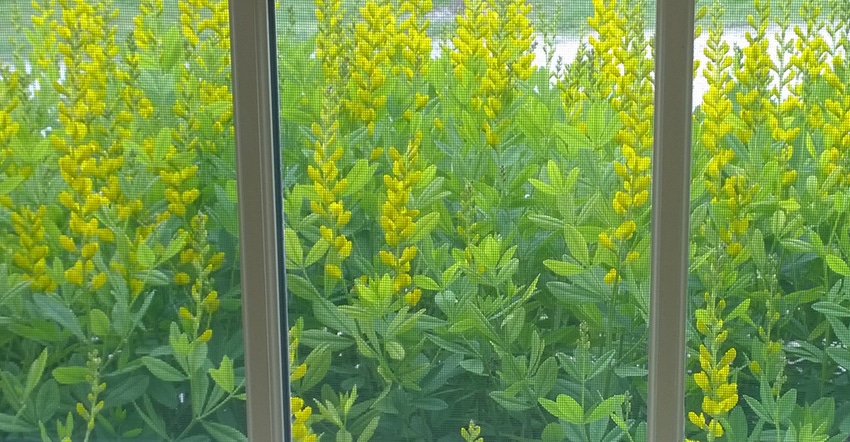July 16, 2021

On Oct. 15, 1987, a weather bomb developed off the coast of England. It struck quickly, with little warning, and centuries-old groves of oak and ash came tumbling to the ground.
Shade gardens turned sunny in a blink of an eye. An arborist colleague, who was sent to Kew Gardens to assist with the debris cleanup, told me that this devastating storm created opportunity, by bringing sunlight to gardens for the first time in centuries.
In a small way, this cyclone reminds me of the microburst and straight-line wind events that occur in our region. I’ve seen four of these events in 30 years. Each time, two or three trees standing side by side came down on top of each other in a twisted heap, the result of 80-mph (or greater) wind gusts.
In the Whitmire Wildflower Garden at Shaw Nature Reserve, massive oaks and walnuts came down, bringing temporary destruction. But they also brought full sunlight to once shady parts of the garden, and an opportunity to grow a wider variety of sun-loving native plants.
Know your sun exposure
Plants thrive in different amounts of sunlight:
Full sun. The term full sun refers to plants that perform best in full sun — a situation with a minimum of six hours of direct midday sunlight.
Light shade. This term is also called part sun. It is typically defined as three to five hours of direct midday sunlight. Why midday sun? Because when gardens are bathed in sunlight during the hottest part of the day (midday), direct sunlight increases plant and soil temperatures, which slightly dries out the soil. Morning and evening sunlight won’t warm and dry the soil as much.
Medium shade. This sun exposure is also known as part shade or high shade. It means plants have two hours of direct morning or evening sunlight with dappled or high shade the rest of the day. High shade is a condition that occurs when medium- to large-canopy trees (30 to 60 feet tall) are limbed up high on the trunk (about 10 to 20 feet), allowing indirect (reflected) sunlight to spill into the garden from the sides.
Dappled sunlight occurs when gaps in the canopy between trees allow some direct sunlight to shine on the ground below. Trees growing farther apart (more than 50 feet) have larger gaps and greater direct sunlight on the ground than trees growing closer together (less than 50 feet). A wider variety of plants can be grown beneath limbed up trees with dappled and high shade.
Dense shade. This is where plants have very little or no direct sunlight. These areas are directly beneath medium- to large-canopy trees, between closely spaced trees (50 feet or less) or on the north side of a building.

The table provides a list of native plants that perform well in each sun exposure. Happy gardening!
Woodbury is a horticulturalist and curator of the Whitmire Wildflower Garden at Shaw Nature Reserve in Gray Summit, Mo. He is also an adviser to the Missouri Prairie Foundation’s Grow Native! program.
About the Author(s)
You May Also Like




